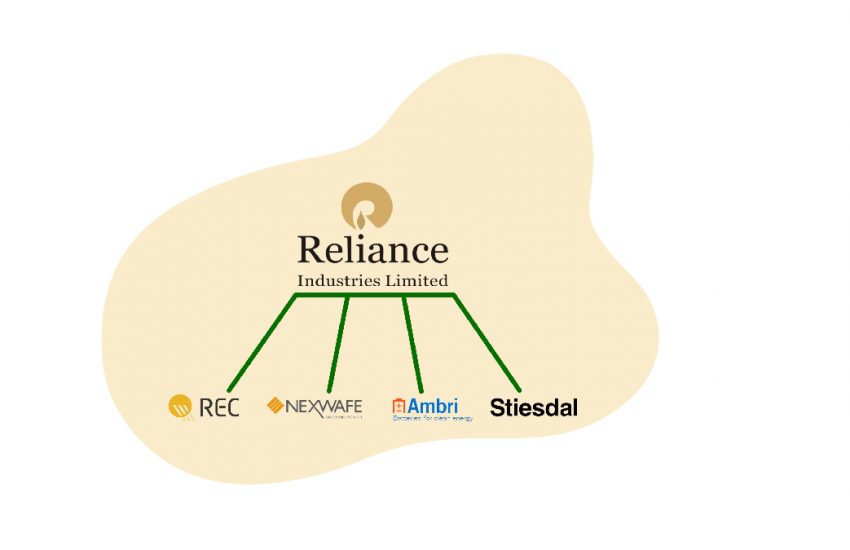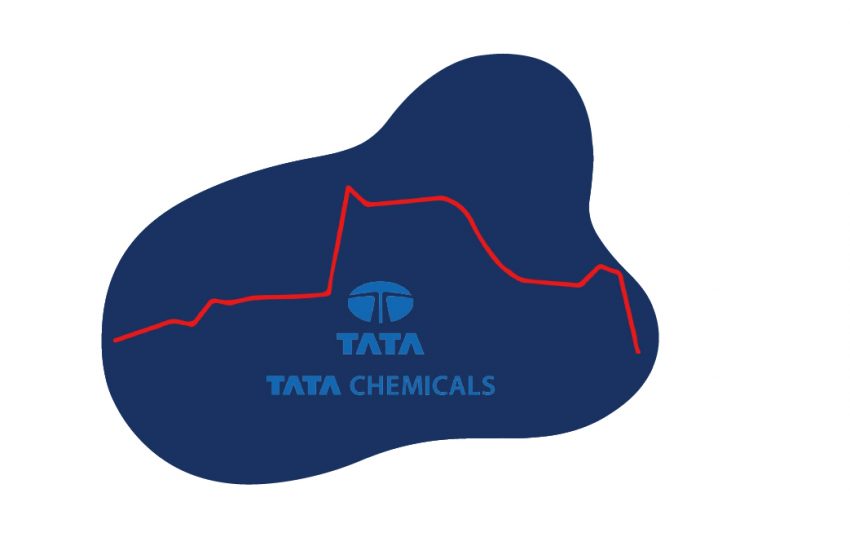Yesterday we spoke of the rapid changes in the Renewable Energy sector and how Billionaire Barons in India are racing
Continue reading

Yesterday we spoke of the rapid changes in the Renewable Energy sector and how Billionaire Barons in India are racing
Continue reading
Tata Chemicals Fall in 2021 – The result season is on and looks like the markets are in correction mode.
Continue reading
Have you heard of the mills that became defunct and had to close down? What about companies that set up
Continue reading
Ratan Tata’s tweet “Welcome home, Air India,” says it all. Not only did the Tatas rejoice, but so did the
Continue reading
What Will Tata Do With Three Airlines In Its Stable Now? The Prime Minister Narendra Modi said, “The government has
Continue reading
68 years after Government nationalization the Maharajah finds its way back to the TATAs making 8th October 2021 a landmark
Continue reading
Electric Vehicles or EVs, as they are commonly called, are vehicles that run on electric power, either partly or fully.
Continue reading
As we saw yesterday, the banking sector is going through revolutionary changes led by privatization initiatives of the Government. Among
Continue reading
There is a popular joke on social media “If you owe a bank few thousand rupees in loan it is
Continue reading
The maiden issue public issue of Brookfield India Real Estate Trust (REIT), India\’s only institutionally managed public, commercial real estate
Continue reading
We’ve all heard of millionaires and billionaires, but one term that recently caught our attention was “Teslanaires”. No prizes for
Continue reading
A few weeks ago, the government announced a Mega Recapitalization Plan of INR 2.1 lac crore for the state-owned PSU
Continue reading
Revealed: Here Are the 4 Reasons Why the Rich Are Getting Richer One Sunday evening, 15-year-old Mohit was taking a
Continue reading
These days, it’s quite common to find IT-Slowdown related stories in newspapers or anywhere else on the internet. And as
Continue reading
Consider this case: You have a new business idea. You share this with your friend. Moreover, he asks, “What is
Continue reading
The current level of the Nifty is around 11,350 while 5 years back, it was around 6,500 levels. Markets have
Continue reading
India – our country is full of diversity, culture, colours and heritage. We all know this, as our schoolbooks gloriously
Continue reading
I recently got a Whatsapp forward from a friend of mine. Too busy with my routine work, I ignored the
Continue reading
Last week in an exchange filing, Vedanta Resources stated that the delisting offer for its Indian subsidiary, Vedanta Ltd. had
Continue reading
K A L , A A J A U R K A L 1971 Movie Three generations of a family,
Continue reading